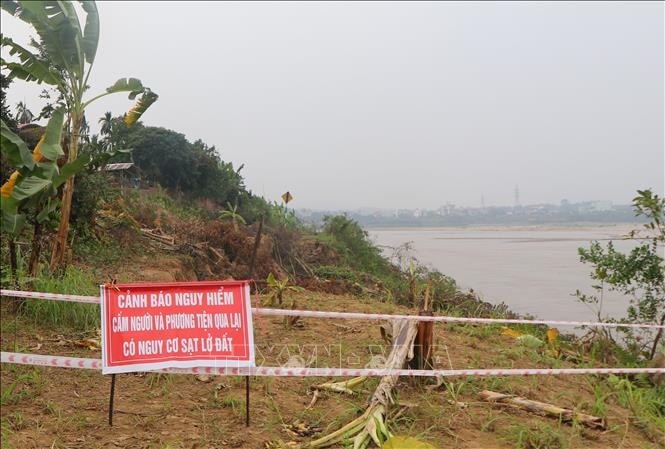On October 1, the Ministry of Agriculture and Rural Development issued telegram No. 7393/CD-BNN on flood response on Thao River.

Specifically, the Minister of Agriculture and Rural Development elects: People's Committees of Lao Cai, Yen Bai and Phu Tho provinces; Ministries of National Defense, Public Security, Natural Resources and Environment, Transport, Industry and Trade, Information and Communications; Vietnam Television, Voice of Vietnam, Vietnam News Agency.
According to the National Center for Hydro-Meteorological Forecasting, at 6:00 p.m. on October 1, the water level on the Thao River in Yen Bai was at 31.13 m, 0.13 m above alert level 2. It is forecasted that in the next 6-12 hours, the flood on the Thao River in Yen Bai will continue to rise above alert level 3 and is likely to peak in the next 12-24 hours, then fall and stay above alert level 3. There is a risk of flooding in low-lying areas along the river, flash floods, and landslides in mountainous areas in Lao Cai and Yen Bai provinces.
To proactively respond to the developments and impacts of floods, the Minister of Agriculture and Rural Development requested ministries, branches, and provincial People's Committee Chairmen to closely monitor the developments of rain and floods; promptly inform authorities at all levels and people to proactively prevent and avoid them.
Provinces proactively organize the urgent evacuation of people in low-lying areas, riverside areas at high risk of flooding, areas at high risk of landslides and flash floods to safe places.
Provinces shall arrange forces to inspect and review; organize guarding and traffic guidance, especially through culverts, spillways, deeply flooded areas, areas with strong currents, areas with landslides or areas at risk of landslides; arrange forces, materials and means to overcome incidents, ensuring smooth traffic on main traffic routes.
At the same time, notify cage owners; investors with projects under construction along the river; owners of water transport vehicles and mineral exploitation vehicles of information about rain and floods to proactively take measures to ensure safety for people, cages, vehicles, equipment and projects.
Localities deploy flood prevention plans and ensure dyke safety. Organize operations and implement plans to ensure the safety of reservoirs and downstream areas, especially small hydroelectric reservoirs, important irrigation reservoirs, and projects under construction; arrange permanent forces to operate and regulate and be ready to handle possible situations. Maintain rescue forces and vehicles to be ready to respond when required.
Localities and units direct local radio and television stations to increase information on flood developments to people and authorities at all levels for proactive prevention; specialized agencies coordinate with local television stations and media agencies, especially at the grassroots level, to propagate, disseminate, and guide people to proactively respond to minimize damage.